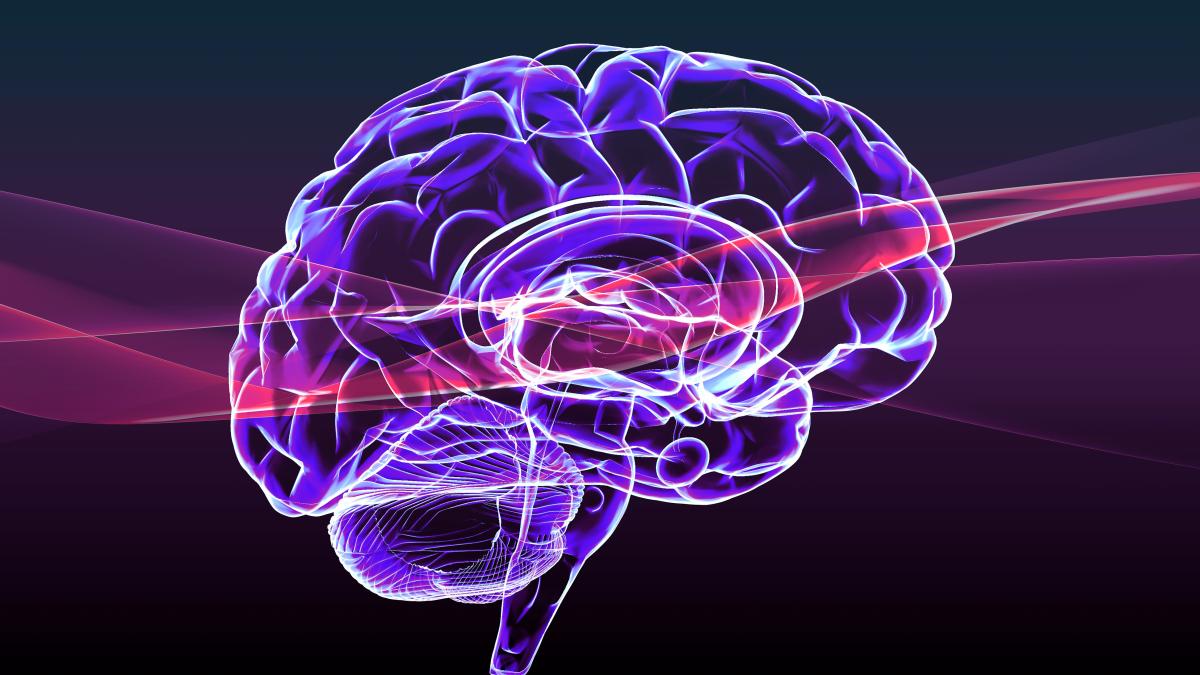by Daniela Calandrella, Marco Locatelli and Ioannis Ugo Isaias
They are effective in patients with motor fluctuations not controlled by oral therapy, because they significantly improve motor and non-motor symptoms and quality of life
What is meant by “complex therapies” in the treatment of Parkinson’s disease?
Respondents are Daniela Calandrella, Grigioni Foundation for Parkinson’s Disease and Parkinson and Parkinsonism Center, ASST G. Pini-CTO, Milan;
Marco Locatelli, IRCCS Ca’ Granda Foundation, Ospedale Maggiore Policlinico; Ioannis Ugo Isaias, Parkinson and Parkinsonism Center, ASST G. Pini-CTO, Milan (GO TO THE FORUM)
Complex, or invasive therapies (as they are defined in the latest guidelines from the European Academy of Neurology), are treatments for the advanced phase of Parkinson’s disease. These include infusion therapies, subcutaneously with apomorphine or levodopa and in the duodenum with levodopa, and deep brain stimulation (DBS) of the subthalamic nucleus or internal globus pallidus. These therapies are effective in patients with motor fluctuations not controlled by oral therapy, because they significantly improve motor and non-motor symptoms and quality of life.
Apomorphine and levodopa
Subcutaneous infusion with apomorphine, a drug belonging to the dopamine agonist class, allows for good control of symptoms, reducing levodopa dosages and improving both motor blocks and dyskinesias. Apomorphine is a dopamine agonist and as such can cause behavioral symptoms (so-called impulse control disorders, such as a tendency to gamble) and, in older subjects, confusion and hallucinations more easily than levodopa. Levodopa gel is a combination of levodopa/carbidopa available in Italy since the early 2000s, continuously infused into the duodenum or jejunum, the first section of the small intestine. The infusion system consists of a portable external pump which infuses the drug through an intestinal tube, positioned through a procedure called PEG/PEJ (percutaneous endoscopic gastrostomy/jejunostomy). The gastrostomy is a minimally invasive procedure and is generally preceded by an infusion test via a naso-duodenal tube, to evaluate the patient’s therapeutic response.
Phosfolevodopa/foscarbidopa
Since February this year we have also had foslevodopa/foscarbidopa available in Italy for continuous subcutaneous infusion, which represents an improved evolution of the infusion therapies already available. Continuous subcutaneous infusion of phospholevodopa/foscarbidopa appeared safe and improved motor complications in patients with advanced Parkinson’s disease; we are also observing this improvement in patients implanted in February at the Parkinson and Parkinsonism Center of the ASST G. Pini-CTO, Milan.
Brain stimulation
Deep brain stimulation is a surgical therapy for the treatment of Parkinson’s disease with motor fluctuations and dyskinesias. It involves surgery to implant intracerebral electrodes and an electrical pulse generator placed under the skin, usually at the collarbone level. For Parkinson’s disease, electrodes are usually placed in a brain region called the subthalamic nucleus, or in the globus pallidus internus. These two brain regions are associated with the basal ganglia, a group of subcortical nuclei responsible for many functions, including the control of voluntary movements, procedural learning, habit learning, eye movements, cognition and emotion .
System active 24 hours
The technique has been used since the end of the 1990s in numerous specialized centers around the world. The electrodes transmit stimulation to brain areas and modulate their activity. This results in an improvement in motor symptoms, in particular slowness, rigidity and tremor. The system remains active for 24 hours, so its effect is continuous during the day and even during the night, avoiding the fluctuations in symptoms associated with taking drugs. This is a demanding surgery for both the patient and the medical-surgical team, but very useful for some patients with Parkinson’s disease. Patient selection is a fundamental aspect to obtain a good result, especially on the motor symptoms of the disease.
«segmented» electrodes
In recent years we have witnessed an important technological development. “Segmented” electrodes are now available to direct the stimulation current, and devices with rechargeable batteries. Programs have also been developed that are able to precisely visualize the volume of the stimulated brain tissue, for personalization of the treatment on the individual patient. Stimulation paradigms have also improved and new devices are now capable of delivering “adaptive” stimulation. This new modality, currently used in Europe only in the research context, involves a precise modulation of the current based on the brain signal, continuously recorded directly in the stimulated nucleus. Stimulation is then delivered based on fluctuations in these signals that reflect the patient’s symptoms and daily activities.
The causes of the disease
Milan is the leader in the use of these new stimulators and is the only center in Italy where patients are currently being treated with the device in “adaptive” mode. In addition to an important improvement in the quality of life of our patients, these tools are providing important information on Parkinson’s disease to better understand its causes and develop new and more effective therapies.
April 30, 2024 (modified April 30, 2024 | 12:22)
© ALL RIGHTS RESERVED
